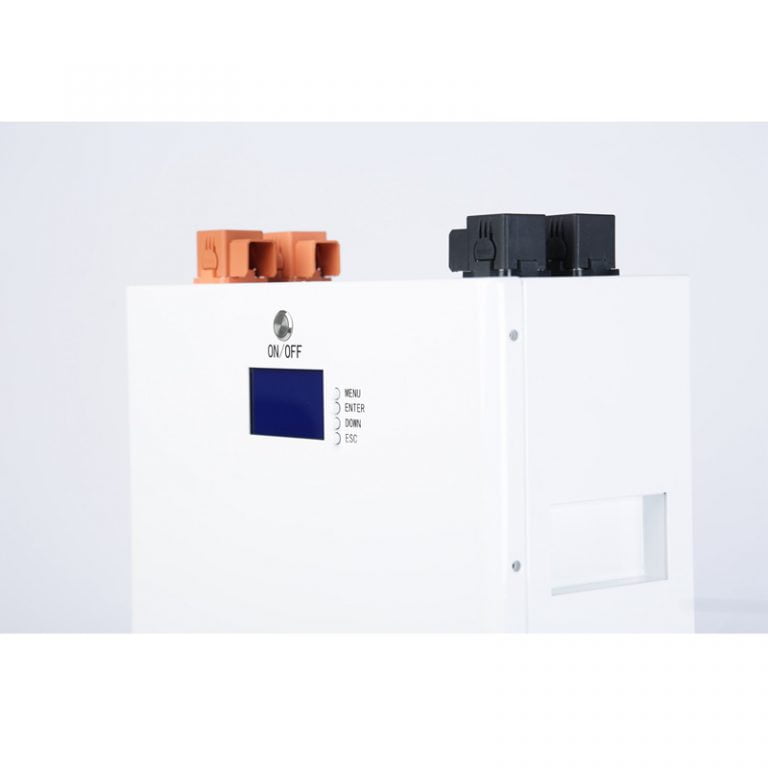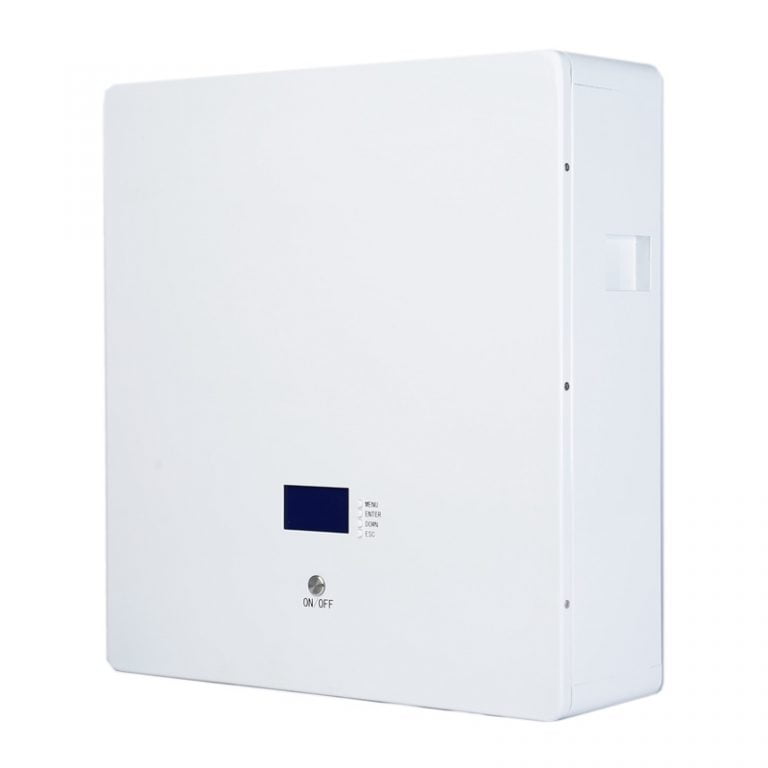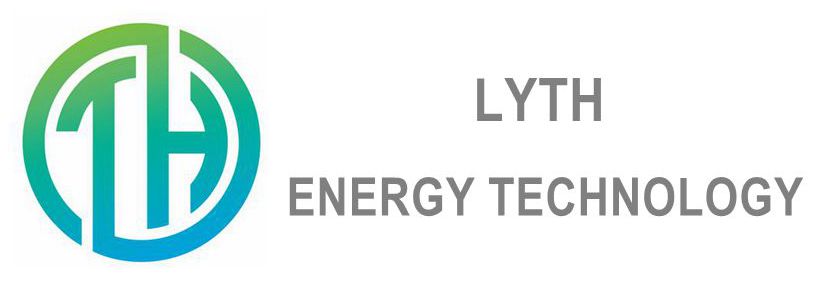95% of people don’t know the reason for choosing 3.2V lithium iron phosphate batteries for solar street lights
With the global application of solar energy more widely, there are more and more solar street light manufacturers, many manufacturers are simply in the pursuit of commercial interests, and not too much technology patent reserves. Many manufacturers based on past experience or the use of 12V colloidal lead-acid batteries, and we(LYTH-Luoyang Tianhuan energy technology Co., LTD) have taken the lead in the use of 3.2V lithium iron phosphate battery (LiFePO4 battery) as a solar street lamp battery.
Let’s start with a few low-level technical level rumors.
- Solar street lights using 12V batteries are brighter than 3.2V lithium iron phosphate batteries. Now let me ask a very common-sense question: which is brighter: headlights for cars or lighting for homes? Car headlights are usually 12V or 24V, home lighting is 220V, and very low-level technical common sense tells us that brightness and voltage are not directly related.
- 3.2V LiFePO4 battery structure is too simple. The 3.2V is a bit simpler than the 12V system, but that’s not the point. As we all know, to connect LiFePO4 in series to 12V, the four cells must be protected and equalized, but this requires a high level of consistency between the four cells in series, and a higher level of temperature consistency for each cell.– which is hard to guarantee with solar lights outdoors. Yes, you can do that with an expensive BMS system if it’s a laptop for indoor use or an electric car for outdoor use, but it’s not even enough for a protector chip for a solar light that costs a few hundred dollars in the region. Plus lithium iron batteries mostly use step-use batteries and so-called B-Grade (A-Grade have been more than 3 times the price of lead-acid for years and are unlikely to be adopted in large numbers). Not to mention battery consistency.
Therefore, the simple structure does not require inter-section protection 3.2V lithium iron phosphate solar street light batteries get an unprecedented opportunity, 6 years of testing, the failure rate is even much lower than the municipal street lights. By the way, the energy density of lithium ternary batteries is large, but most of them are mainly used for indoor products (laptops, rechargeable batteries, etc.) and are not suitable for outdoor use.
The flammability and explosion itself can be controlled (with the exception of Samsung), but only if there is sufficient BMS cost (Tesla), which the lamps obviously don’t have. So, PV street lights explode on fire are 12V lithium-ion(NCM Battery) batteries. A burnt-out lamp can be replaced, and if it ignites in the forest, the manufacturer and engineer will not simply lose money.
- 3.2V lithium iron phosphate battery current is too high, will burn out the MOS and wires. This point of view is very funny, less than a hundred watts, now the high conductivity MOS, IGBT technology, the cost is very low, the current in 50A but only a few dollars, not to mention the wire, a total of dozens of centimeters long wire, you do not even have the courage to thicken a little? It should be the inertia of long term shoddy workmanship at work.
- 3.2V lithium iron phosphate battery is not suitable for constant current intelligent control and maximum power point tracking.Before refuting this point, I’ll start with a bit of technical common sense: the voltage fluctuation between full and emptying of the 3.2V LiFePO4 battery is very small, and the main capacity release is concentrated between 2.9V and 3.3V, falling right in the junction voltage range of the white LEDs – this is God’s design.” Quantum entanglement”. Even using full power to drive white LEDs will not exceed the maximum rated power of the LEDs, so PWM control is sufficient, without the need to add a high failure rate constant current drive. Secondly, about intelligent control and maximum power point tracking (MPPT), I think, it was designed to reduce the high cost of battery plates and batteries, just some people still feel that the story of PV is not finished, the story of the controller is not finished, this is stock thinking. New energy subsidies have basically gone out of business, lithium batteries and battery panels have been cheap to this extent today – not counting light poles, that is, the price of laying 20 meters of cable, while each street light needs at least 50 meters of cable.
With this underlying algorithm, when the solar panels are below $30/watt, the optical tracking technology is scrapped, below $2.5/watt MPPT (maximum power point tracking) makes no sense, and now it’s below $0.35/watt, the cables are scrapped, and state subsidies are completely unnecessary.
Manufacturers can’t sell the design needs and go with MPPT storytelling, directly and simply add some battery panels cheaper and more reliable. Intelligent control is the same, most of the solar street lights are installed in backward areas, I do not believe that the maintenance workers in the mountain villages every day with a cell phone to run dozens of miles of mountain roads to adjust the light control time, more like pseudo-demand, there is this time, increase the battery configuration to save more money and effort – either do not understand the technology or to sell the controller at a high price.
I’ll describe the advantages of a single 3.2V lithium iron phosphate battery.
- The battery has no equalization problems, life can be more than 15 years.Because the lithium iron phosphate batteries clear as electric vehicle production manufacturers are almost all listed companies, to 3C discharge intensity. Used in street lights, only 0.1-0.3C charging strength, the car with 8 years, 15 years on the solar street lamp is absolutely no problem.
- The controller and lamp beads directly affixed together, the reliability is greatly improved, the installer only needs to plug a DC plug can be.
- Much better performance in low light, photovoltaic street lights on sunny days will perform well, the key is to see the low light performance of rainy days. The reasoning is simple, photovoltaic effect relies on light intensity to generate electric potential (voltage), in layman’s terms, driving uphill start, are you hanging first gear or fourth gear? 3.2V on rainy days will not cut off weak current charging.
- Look at the molecular formula of LiFePO4, lithium-ion batteries have no heavy metals, no scarce resources, will undoubtedly become a cheap and clean energy storage battery. The cobalt in the ternary lithium is very scarce, and the cost of cobalt salts has tripled in the last year alone. Finally, there are many people who will ask everything has its two sides, then I also talk about a few 3.2V lithium iron phosphate battery disadvantages. The wiring does need to be thicker, and we even use military-grade plugs. High requirements for supply chain management and production equipment, for example, manufacturers of lithium iron phosphate batteries are generally listed companies.Our lithium iron phosphate battery packs use boost technology and have become almost equal or lower in cost to lead-acid batteries. This poses a huge threat to traditional lead-acid battery manufacturers.
These points, in a word, the demand for the low failure rate, long life, cost-effectiveness, is the real pain of the PV street lamp industry over the years. We use six years, tens of millions of solar street light project testing, to prove and be sure that the choice of 3.2V lithium iron phosphate is the future.
In summary, the 3.2V lithium iron phosphate battery has gradually become the trend of the moment, many very small domestic factories, without any technical background conditions, simply imitate this technical path, failure rate and cost-effectiveness, life expectancy are already far better than other 12V products. Write here, a single section of lithium iron phosphate 3.2V micro-grid new lighting era has begun, thanks to all 3.2V lithium iron phosphate peers, we work together to cut the cable, with the sun’s coverage instead of the last five kilometers of outdoor off-grid.
Luoyang Tianhuan energy technology Co., LTD www.lythbattery.com info@lythbattery.com skype: nbcell1998
 Customized lithium ion batteries for golf carts and shuttle carts
Customized lithium ion batteries for golf carts and shuttle carts Comparison of cooling methods for lithium ion battery pack heat dissipation: air cooling vs. liquid cooling vs. phase change material cooling vs. hybrid cooling
Comparison of cooling methods for lithium ion battery pack heat dissipation: air cooling vs. liquid cooling vs. phase change material cooling vs. hybrid cooling What should we look for when choosing home energy storage?
What should we look for when choosing home energy storage? Daily maintenance of home energy storage batteries
Daily maintenance of home energy storage batteries What should we look for when choosing home energy storage?
What should we look for when choosing home energy storage? Daily maintenance of home energy storage batteries
Daily maintenance of home energy storage batteries





